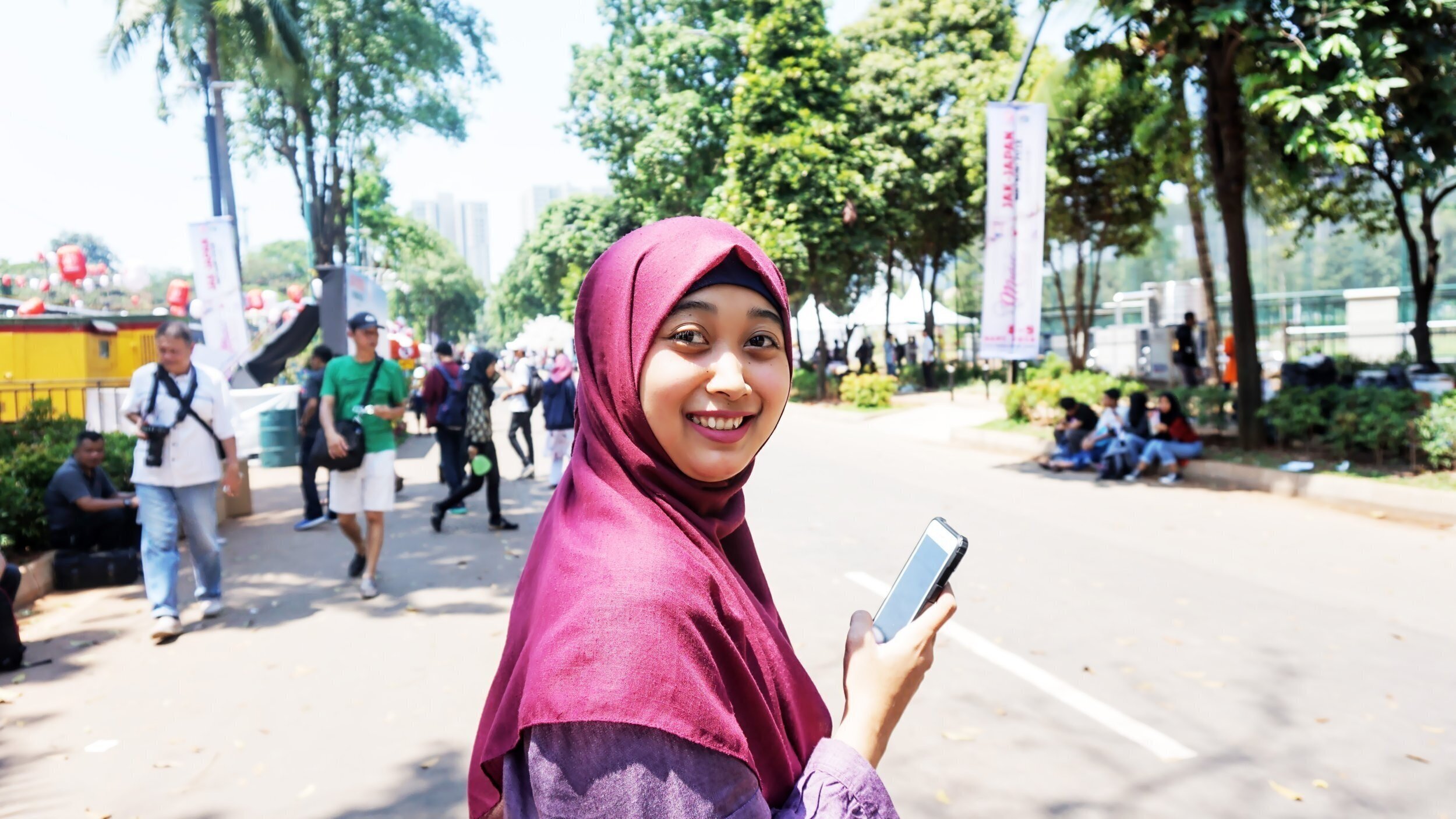
Money transfer with Samsung (Service Design)

International Money Transfer with Samsung (Service design)
OVERVIEW
As part of a large scale project where Travelex partnered with Samsung to deliver International Money transfer service within the Samsung Pay app, I have worked on Service Design piece and provided UX expertise on international money transfer to Samsung.
Review and alignment
When the project was kicked off, the design team was not involved. This was due to a mistaken belief that Samsung will provide their own design and UI while Travelex their money transfer back end platform. However, it quickly became obvious that the customer voice and money transfer design experience were missing. In order to try and rectify this, we asked Samsung to provide us with all the design work they had done. I gathered Product team and by cutting all the screens we created a user journey from acquisition in Samsung Pay until when a money transfer reaches a Recipient. We then started mapping the actions of the user on each screen, the touch points that they may be crossing such as Google Play store, email or social media, as well as the different systems that were being used to power the product. Lastly, we looked at all possible teams that may be involved in various processes at different points in the user journey.
By running through this process we have created what we called an Alignment Wall. This enabled us to highlight all the areas where there were questions, or further work needed to be done in order to streamline the journey for the customer, as well as for the business that was supporting this customer (in this case for Travelex). The different teams taking part in this process (e.g. engineering, legal & compliance or customer support found this exercises really helpful).
It also turned out to be the forerunner to the Service blueprint I created later on.
“ALIGNMENT WALL”
Another piece of work we did at this point was to review the application screens provided to us by Samsung. We examined them from UX and money transfer point of view.
The key challenges we had were that the screens were built using the existing Samsung pattern library and we felt that some interactions would benefit from new patterns that didn’t exist. They were also very long and often one screen would contain a large number of user steps which we saw as detrimental to the customer experience. While we understood that Samsung had a certain design rules they were following to keep things consistent across other applications within their platform we wanted to encourage them to change things and make improvements.
The photo below shows how I annotated the screens with post it notes to indicate where I felt design changes had to be made or where things were not clear.
Review of wireframes
FIRST STAB AT SERVICE DESIGN BLUEPRINT FOR IN-APP ACTIVITIES
The below image shows a very first draft of the Service blueprint accompanied by an example of a user scenario.
2. Customer experience workshops
The key team that we knew was detrimental to the success of this project once the money transfer in Samsung Pay was up and running was the Travelex Customer Support team. It was them that the future customers would be getting in touch in case they needed help or if something went wrong. I felt that it was best to bring the customer to life by showing examples of real life situations that someone who is sending money may be encountering. We looked at a few different scenarios and together tried to capture their thoughts, feelings, words and actions by building empathy maps. By doing so we arrived at a list of questions or problems that the customer support team might be asked to help with.
EMPATHY MAPPING

BUILDING THE BLUEPRINT TOGETHER
3. Service blueprints
The images below show the final digitised version of the Service blue prints. These were not supposed to be static elements but to evolve with the product and any changes that occurred as part of the product itself, the processes or the teams involved.
4. Eco-system map
As part of the service design piece I also designed an eco-system map illustrating all the different processes, tools, systems and products involved. There was a great feedback from internal stakeholders and they found this really useful to understand how the different parts work together. For me however, the number one thing behind this exercise was understand if there are gaps or glitches in internal processes or complex integrations that could potentially lead to issues in customer experience, and by doing so, to prevent those.